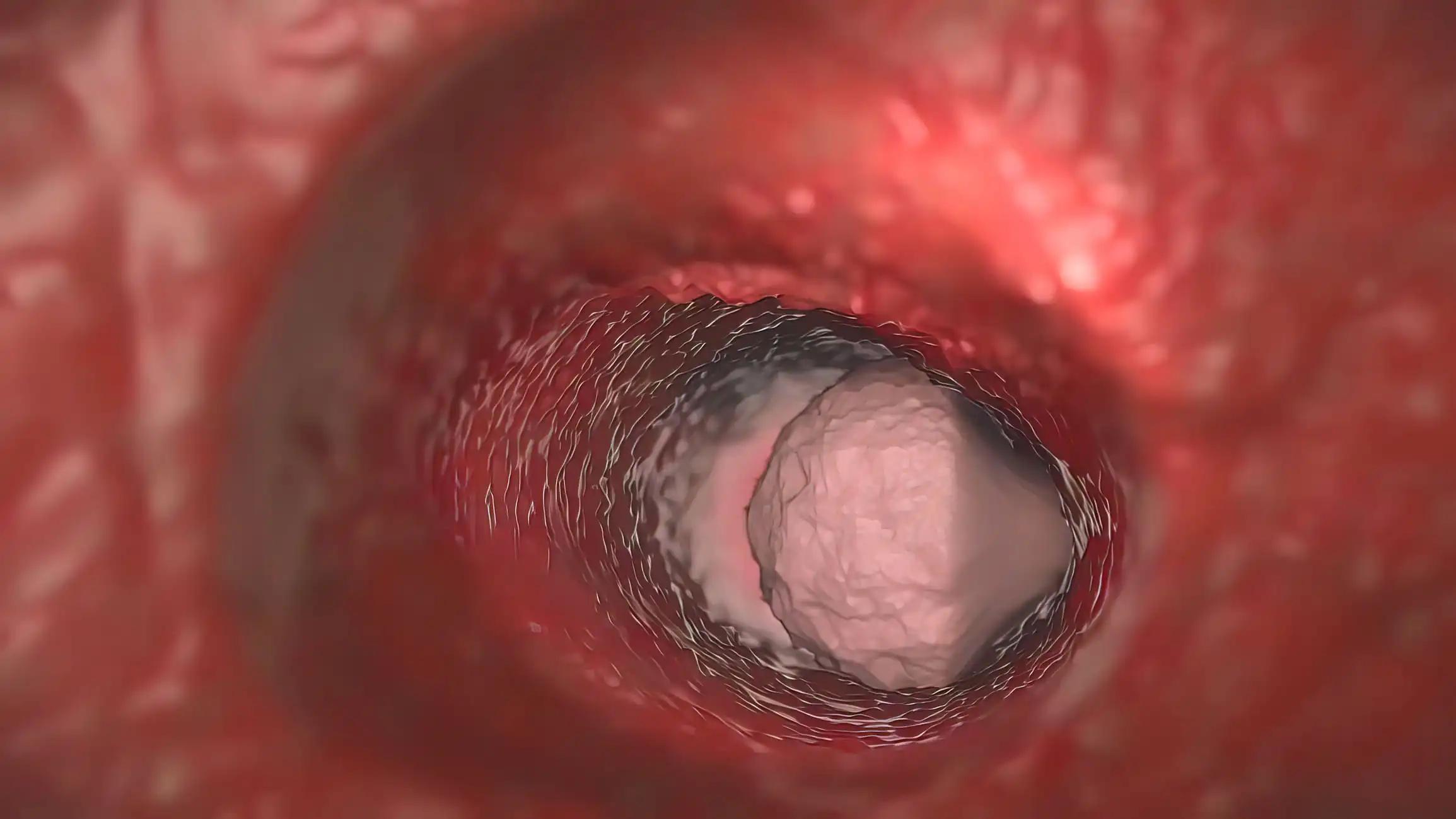KEY TAKEAWAYS
- The study aimed to investigate the role of TRM CD8 T cells, cDC1, and TCF1 expression in orchestrating melanoma control and response to CBI.
- Researchers noticed distinct TCF1+ and TaCF1- TRM CD8 T cell subsets and cDC1s crucial for melanoma control and response to CBI.
Melanoma, the most lethal form of skin cancer, has undergone a transformative treatment shift with the advent of checkpoint blockade immunotherapy (CBI). Understanding the intricate network of immune cells infiltrating the tumor and orchestrating the control of melanoma cells and the response to CBI is currently of utmost importance.
Tissue-resident memory (TRM) CD8 T cells and classic dendritic cell type 1 (cDC1) have been highlighted for their significant roles in cancer protection. Recent transcriptomic studies emphasize the pivotal role of TCF7+ T cells, which encode TCF1 and are crucial for effective immunotherapy response. However, uncertainty persists regarding the existence and function of TCF1+ TRM T cells, given evidence suggesting TCF1 downregulation for tissue residency activation.
Saraí G De León-Rodríguez and the team aimed to assess the role of TRM CD8 T cells, cDC1, and the distinct TCF1+ and TCF1- TRM subsets in melanoma control and response to CBI.
They evaluated TRM CD8 T cells and cDC1 in 2 patients with melanoma cohorts: 1 immunotherapy-naive and the other receiving immunotherapy by using multiplexed immunofluorescence and spectral flow cytometry. The 1 cohort was divided between patients free of disease or with metastasis 2 years postdiagnosis while the second between CBI responders and non-responders.
In the study, 2 CD8+ TRM subsets, TCF1+ and TCF1-, correlate with melanoma protection. TCF1+TRM cells show heightened expression of IFN-γ and Ki67, while TCF1- TRM cells exhibit increased expression of cytotoxic molecules. In metastatic patients, TRM subsets undergo a shift in marker expression, with the TCF1- subset displaying increased expression of exhaustion markers.
A close spatial correlation between cDC1s and TRMs is observed, with TCF1+ TRM/cDC1 pairs enriched in the stroma and TCF1- TRM/cDC1 pairs in tumor areas. Notably, these TCF1- TRMs express cytotoxic molecules and are associated with apoptotic melanoma cells. Both TCF1+ and TCF1- TRM subsets, alongside cDC1, prove relevant to CBI response.
The study concluded that TRM CD8 T cells and cDC1 play pivotal roles in melanoma protection. It highlighted functionally distinctive TCF1+ and TCF1- TRM subsets, essential for both melanoma control and effective response to CBI.
This study was funded by CONAHCyT-PRONACES 302962.
Source: https://pubmed.ncbi.nlm.nih.gov/38969523/
De León-Rodríguez SG, Aguilar-Flores C, Gajón JA, et al. (2024). “TCF1-positive and TCF1-negative TRM CD8 T cell subsets and cDC1s orchestrate melanoma protection and immunotherapy response.” J Immunother Cancer. 2024 Jul 5;12(7):e008739. doi: 10.1136/jitc-2023-008739. PMID: 38969523; PMCID: PMC11227852.



